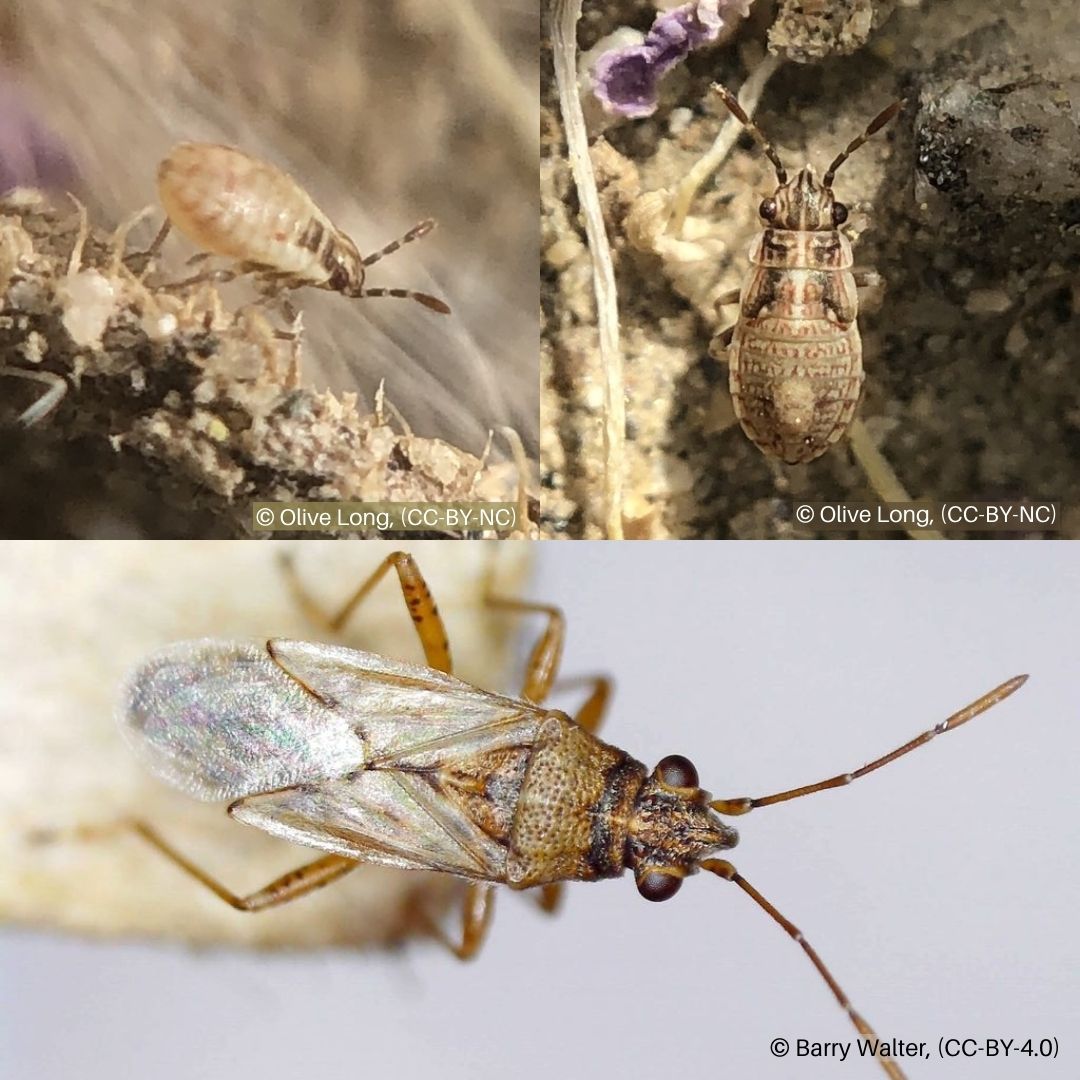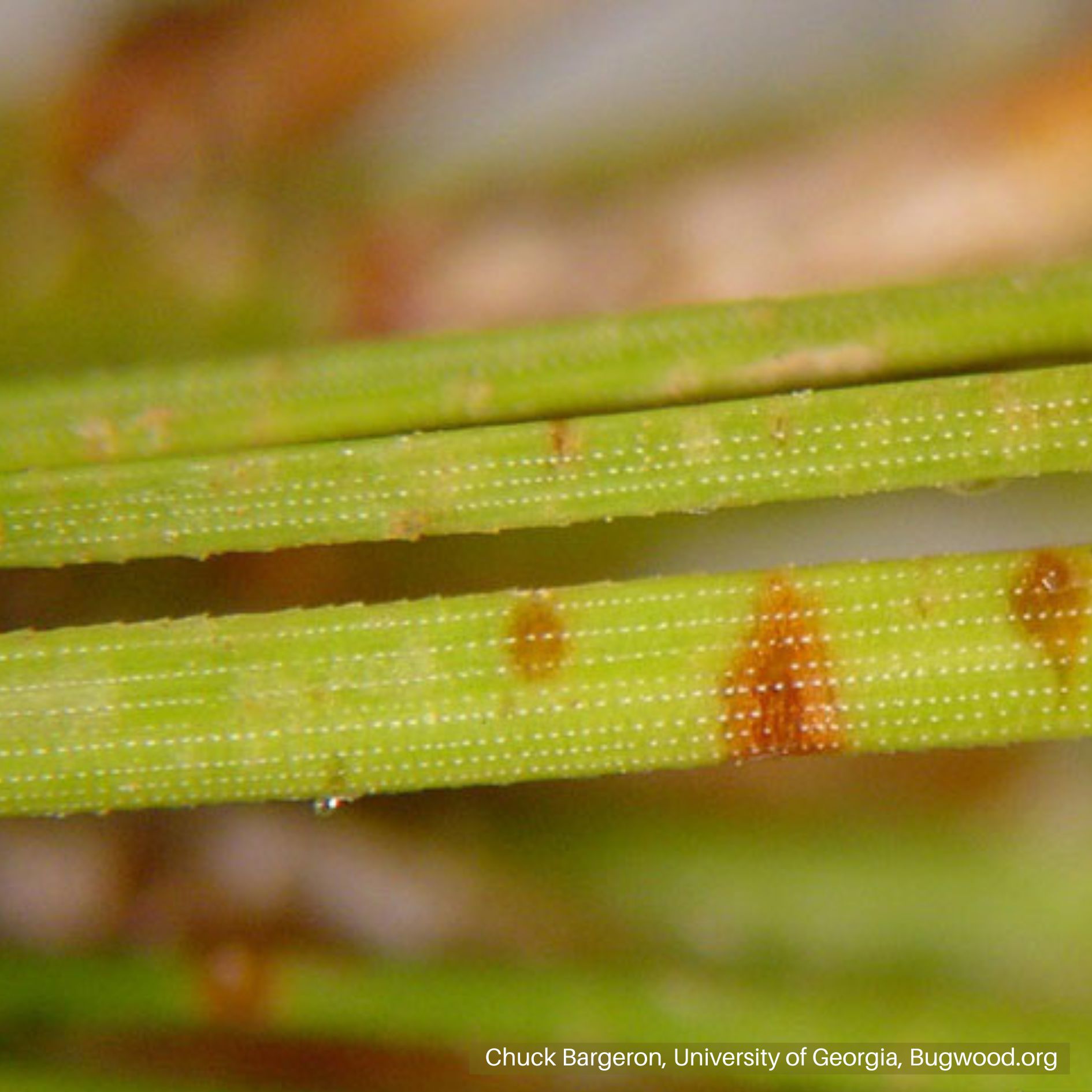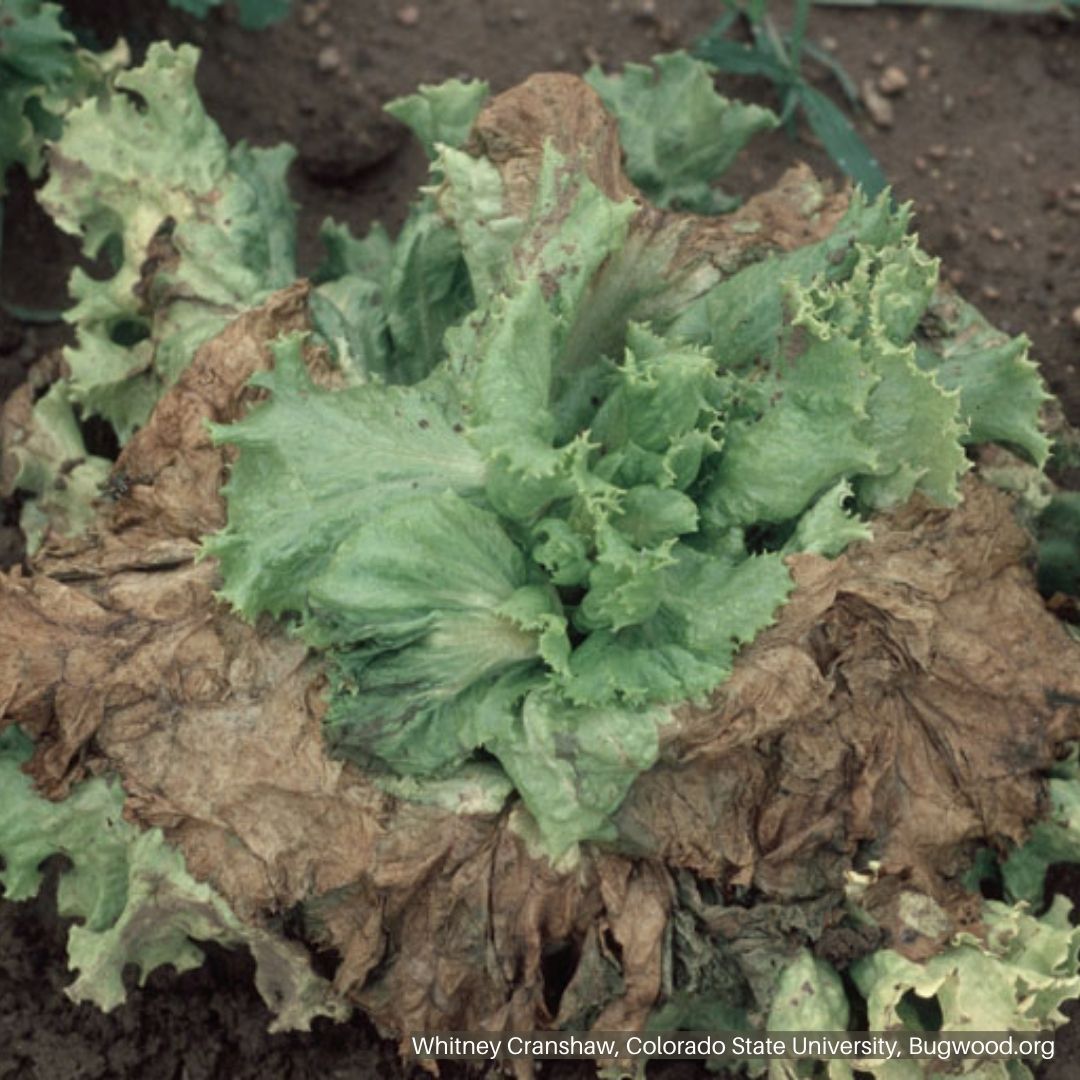False Chinch Bug
HOSTS
- Alfalfa
- Brassicas
- Cucurbits
- Corn
- Leafy Greens
- Potato
- Root Crops
- Solanaceae Crops
- Hemp
DESCRIPTION
On adults, the head, thorax, and anterior portion of the wings are brownish gray and the posterior portion of the wings are whitish-clear. Nymphs are mottled gray-brown with red to orange markings on the abdomen.
BIOLOGY
Egg | Nymph | Adult- About 3 generations per year.
- Overwinter as nymphs and adults under debris near mustards.
- Adults lay eggs around host plants in soil cracks.
- False chinch bugs migrate from host plants (mustards, etc.) when they dry out, are sprayed with herbicide, or if they are cut. Large migrations of false chinch bugs into a field could coincide with these events.
SYMPTOMS
Adults and nymphs feed with piercing-sucking mouthparts. Large numbers of aggregating adults on individual plants can cause plants to wilt and die rapidly. Outbreaks that destroy plantings usually occur early in the year. Later in the season aggregations are commonly seen on developing seed heads.
False chinch bug feeding does not seem to be very destructive to vegetables and often little, if any injury is observed. Spot infestations are sporadic but can cause wilting and plant death, especially early in the year.
SCOUTING
Scout field edges that may contain mustards starting in early spring. Look for aggregations on individual plants in July and August. Adults and nymphs are most active during cooler mornings or late evenings.
GENERAL MANAGEMENT
Adults and nymphs move to developing mustards in early spring. Look for aggregations on individual plants during July and early August. Adults and nymphs are most active during cooler mornings or late evenings.
- Low numbers do not need to be managed.
- Row covers on crops near uncultivated areas of mustard family plants.
- Keep plants well irrigated.
INSECTICIDES
Consider treatment if economically damaging infestations are present.




